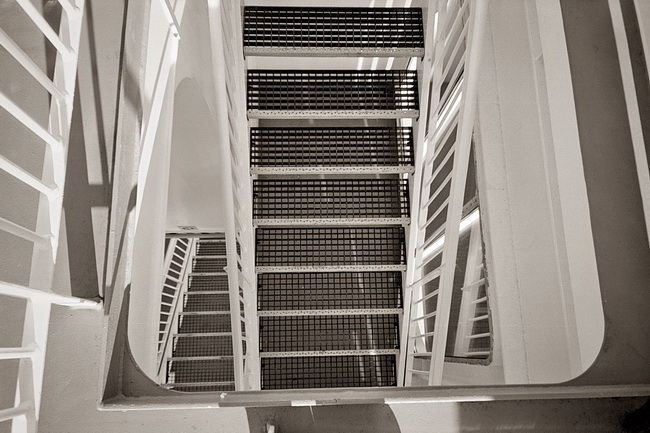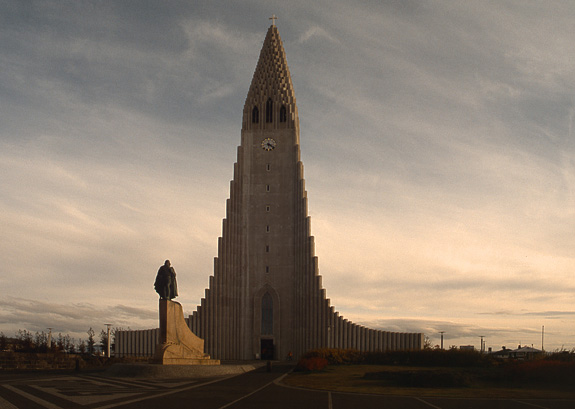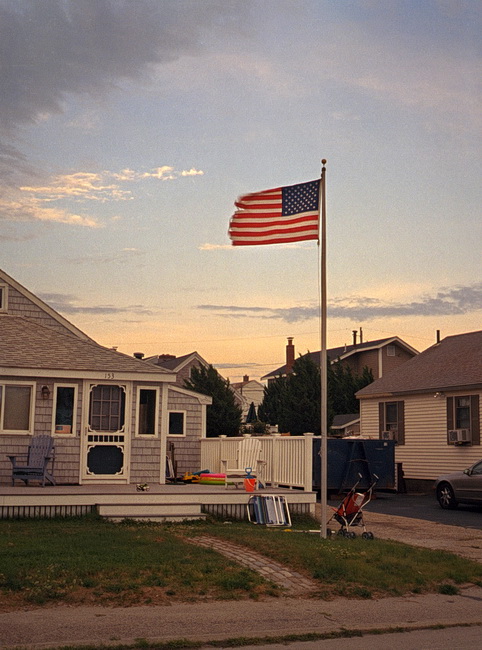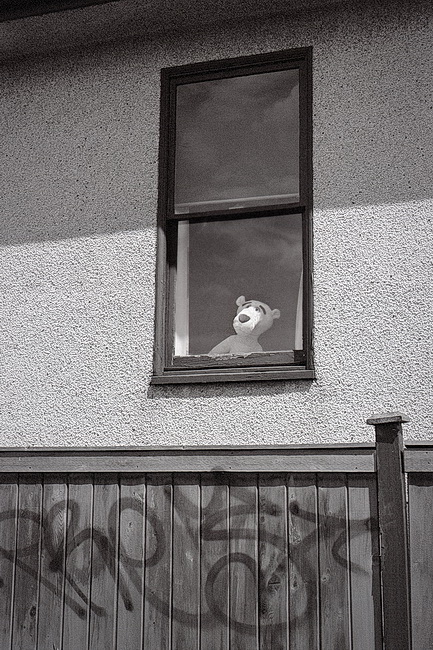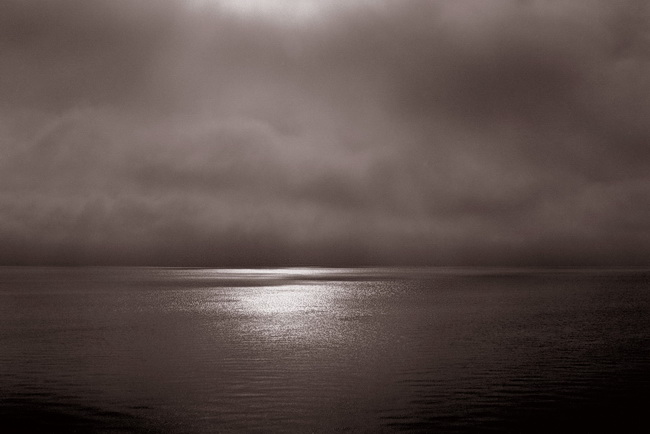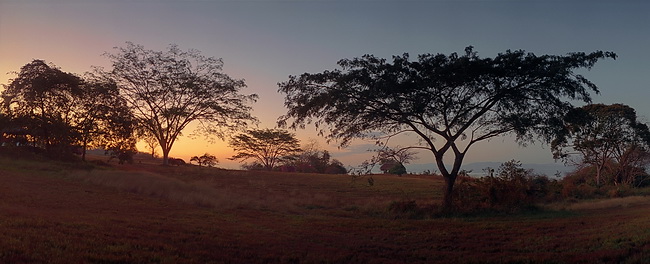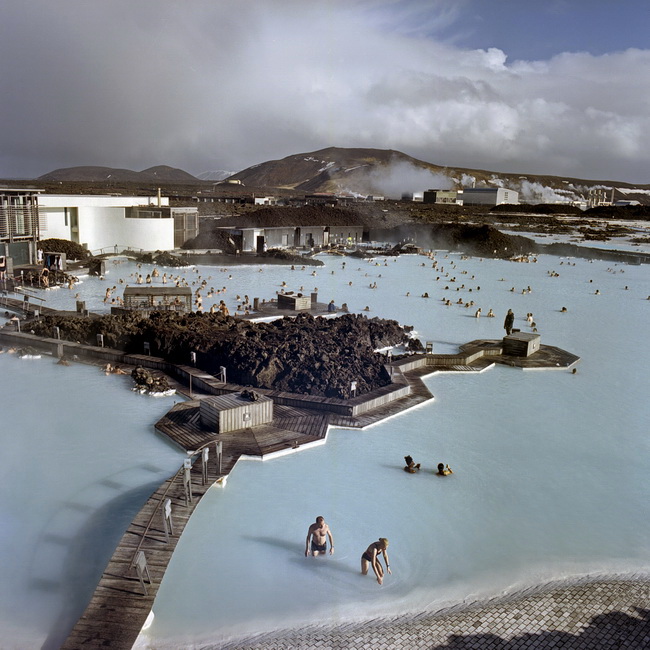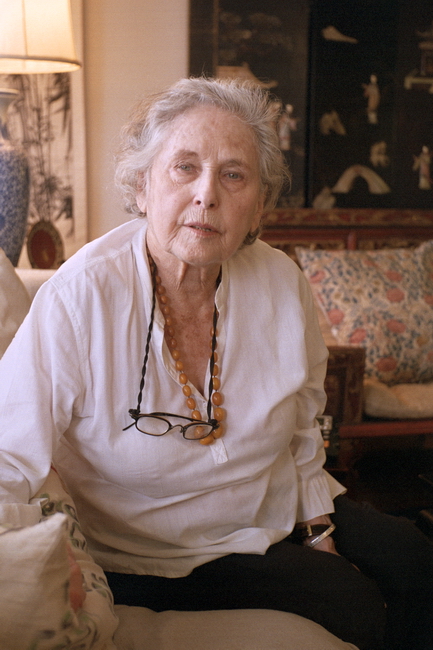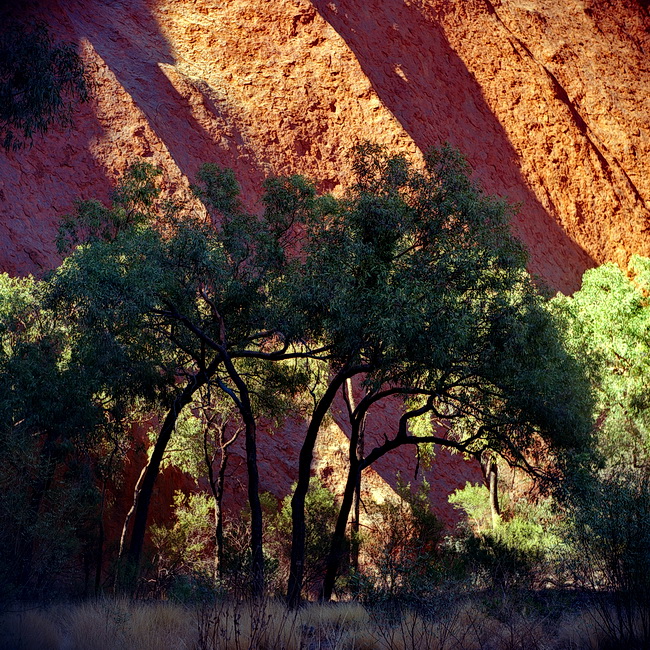Maybe it’s just me. But it seems we’re being buffeted mightily by the winds of what I’d call (for lack of a better descriptor) “stunt photography.” It’s everywhere on-line these days and if you tune in to sites like Petapixel you’ll see examples posted almost daily. But what is stunt photography?
In a nutshell, stunt photography is picture taking where the emphasis (or, in some instances — the entire appeal) is on a technique or a concept, rather than a subject. In other words, without the “stunt” there’s no photo. Not to pick on anyone or any site in particular, but just looking over Petapixel recently we have “Colorful Long Exposure Photos of Glow Sticks Dropped Into Waterfalls,” “‘Shopped Pictures of Small House Cats Living as Big Cats in the Wild,” “Photos Depicting the Slow Decay of a City Made of Bread,” “Light Painting Photos of Rock Climbers Wearing Glow Sticks,” (glow sticks seem popular with stunt photography practitioners) and “Photographer Prints Friend’s Body Onto Blocks for Quirky Photo Project,” to cite only a few examples. And if you poke around the Lomography web site you’ll see plenty more.
Stunt photography can produce stunning photos that are very compelling and pleasurable to view. So what’s the problem? Depending on your tastes, there might not be a problem at all. But for me, the one characteristic they share is that after you’ve seen one or two, more pictures simply become boring. It’s a bit like telling a joke. It doesn’t matter if it’s the funniest joke ever told — once you know the punch line, successive retellings just become increasingly tiresome. So it is with stunt photography. Once you “get” the premise, the more you see the more predicable the images become and the less appealing. That’s not to say if you’ve seen one cross-processed, fuzzy image you’ve seen them all, but rather, after a couple, there really has to be more to it than just weird colours. An interesting composition, for example, is a big help.
Does the dominant technology of the day lead inexorably to stunt photography? Clearly with no financial penalty for taking throwaway shots, digital photography encourages experimentation. That’s a good thing — experimentation and creativity walk hand-in-hand. But the evil twin to the “good” is the temptation to let the photography become so consumed by the experiment that the results no longer matter. Equipment and technique trump vision and taste.
Now obviously (at least I hope it’s obvious) I’m expressing my own opinion here and I expect loads of people will disagree. But for me at least, if your photos are about portraying a subject, then the range of possible images is virtually limitless. But if your photos are about a concept or technique, you’re trapped in a box — albeit, one that is potentially quite large. I don’t think there’s anything wrong with going down a specific road or persuing a given photo project, but I do think it’s a problem if the technique/concept is used to mask a lack of creative thinking or conceals simple laziness. But when enough imagination and creativity is applied, that same road can lead to work that transcends the technique or the “stunt.” Edward Weston’s exquisite shots of fruits and vegetables are an example of that. Clearly, much depends on whose hands the equipment is in. Of course, if he’d managed to work in the glow sticks — then he’d really have had something!

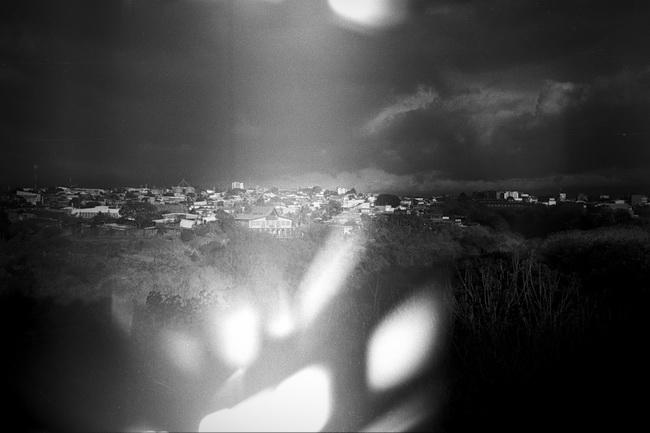
 Subscribe with RSS
Subscribe with RSS